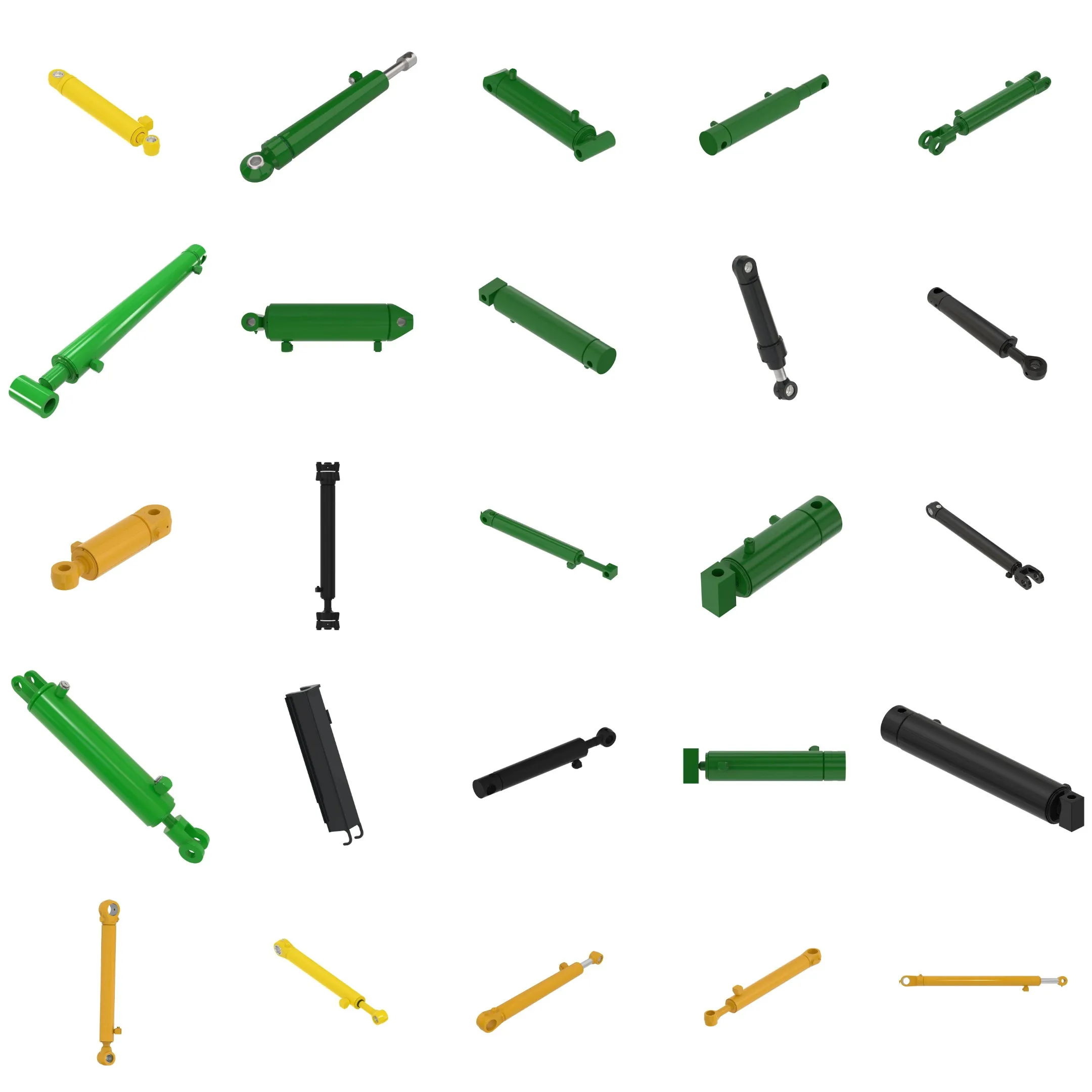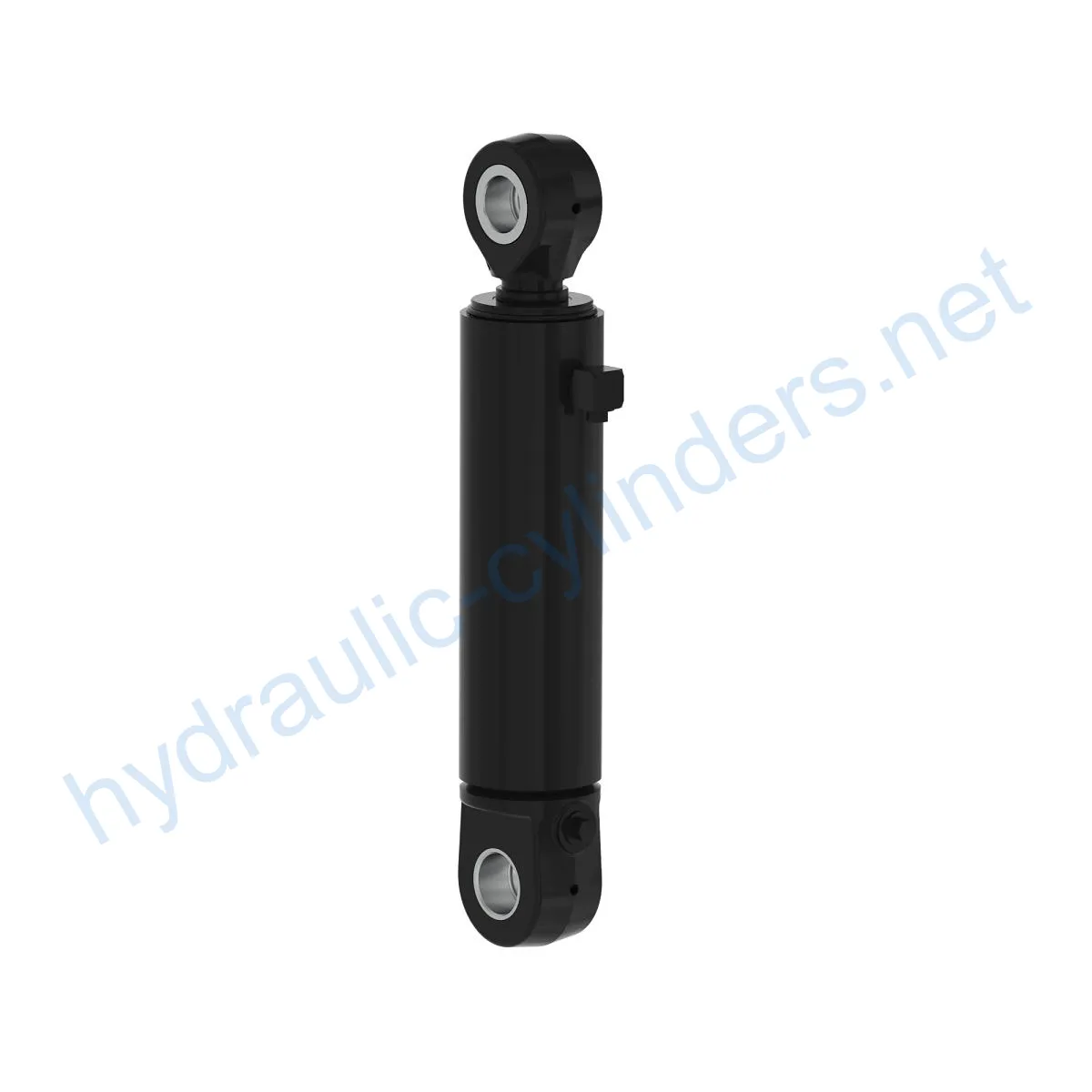Replacement Of AH212811 Hydraulic Cylinder
Ως ένας από τους κατασκευαστές, προμηθευτές και εξαγωγείς υδραυλικών κυλίνδρων μηχανικών προϊόντων, προσφέρουμε υδραυλικούς κυλίνδρους και πολλά άλλα προϊόντα.
Παρακαλούμε επικοινωνήστε μαζί μας για λεπτομέρειες.
Ταχυδρομείο:sales@hydraulic-cylinders.net
Κατασκευαστής προμηθευτής εξαγωγέας υδραυλικών κυλίνδρων.
Replacement Of AH212811 Hydraulic Cylinder
The Replacement Of AH212811 Hydraulic Cylinder is a high-quality hydraulic component designed to replace the original cylinder in various models of equipment. This hydraulic cylinder plays a crucial role in ensuring the proper functioning and performance of the machinery it is installed in.
Specifications
- Weight: 68 lb
- Height: 5 in
- Width: 5 in
- Length: 27 in
Compatible Models
- 670B
- 670C
- 670C II
- 670CH
- 670CH II
- 670D
- 672B
- 672CH
- 672D
- 770B
- 770BH
- 770C
- 770C II
- 770CH
- 770CH II
- 770D
- 772B
- 772BH
- 772CH
- 772CH II
- 772D
- 870D
- 872D
Key Features
- Improved Equipment Performance: Replacing damaged or worn hydraulic cylinders can restore the normal operational capabilities of the equipment, ensuring optimal performance in various applications.
- Enhanced Safety: Regularly replacing hydraulic cylinders can reduce safety hazards caused by cylinder failures, ensuring the safety of operators and equipment.
- Overload Protection: Newly designed cylinders often incorporate better overload protection mechanisms, improving safety during operation.
- Quick Installation: Modern hydraulic cylinders are designed for easy installation and replacement, minimizing downtime.
- Standardized Components: Many hydraulic cylinders are standardized, making it easier to obtain replacement parts in the market.
We have the capability to manufacture and supply this hydraulic cylinder, which can perfectly replace the mentioned models. Our products are known for their high quality and reliability.
Applications
- Excavator: The hydraulic cylinder can be used in the arm or bucket of an excavator. Replacing a damaged cylinder in these areas is essential for restoring normal operation.
- Crane: The lifting arm hydraulic cylinder of a crane is subject to wear during frequent lifting and lowering processes. Regular replacement is necessary to ensure safety.
- Tractor: The front-end loader hydraulic cylinder of a tractor may experience leaks or performance decline due to continuous lifting and tilting operations, requiring replacement.
- Harvester: The hydraulic system of a harvester operates under high pressure during the harvesting process. Timely replacement of cylinders is crucial for maintaining work efficiency.
- Automated Production Line: Hydraulic cylinders are used to control robotic arms and other automated equipment. Immediate replacement is necessary to avoid disruptions to production.
- Die Casting Machine: In high-pressure and high-temperature environments, hydraulic cylinders may experience performance decline. Regular replacement ensures product quality.
- Mining Equipment: Hydraulic cylinders are used for lifting and moving heavy objects in mining equipment. Regular inspections and replacements are necessary to prevent equipment failures.
- Bulldozer: The wear of hydraulic cylinders on the bulldozer’s blade can result in decreased pushing ability. Timely replacement is required to maintain operational efficiency.
Maintenance Tasks
Regular Inspections
Regular inspections of the hydraulic cylinder are important to identify any signs of wear, leaks, or damage. These inspections should include checking for proper alignment, inspecting seals for any signs of deterioration, and examining the overall condition of the cylinder.
Proper Lubrication
Applying the appropriate amount of hydraulic oil for lubrication is crucial to ensure smooth operation and prevent premature wear of the cylinder components. Regularly checking and replenishing the oil level is essential for optimal performance.
Seal Replacement and Calibration Checks
Seals play a critical role in maintaining the integrity of the hydraulic cylinder. Regularly replacing worn or damaged seals is important to prevent leaks and ensure proper functioning. Additionally, performing calibration checks to ensure the correct operation of the cylinder is recommended.

Safety Considerations and Environmental Factors
When working with hydraulic cylinders, it is essential to follow proper safety precautions. Using the appropriate safety equipment, such as gloves and eye protection, is crucial to prevent injuries. Additionally, considering environmental factors, such as temperature and humidity, can impact the performance and longevity of the hydraulic cylinder.
Troubleshooting and Common Issues
1. Leakage: If you notice any hydraulic fluid leaking from the cylinder, it is likely due to a damaged seal. Replacing the seal should resolve the issue.
2. Slow or Inconsistent Movement: This could indicate a problem with the hydraulic system or a worn-out cylinder. Inspect the system for any blockages or leaks, and consider replacing the cylinder if necessary.
3. Excessive Noise or Vibration: Unusual noise or vibration during operation may indicate a problem with the hydraulic cylinder, such as misalignment or worn-out components. Proper inspection and potential replacement are recommended.

Design Considerations and Selection Criteria
When selecting a hydraulic cylinder, several factors should be taken into account:
- Load-bearing Capacity: Ensure the cylinder can handle the maximum load it will be subjected to.
- Sealing Capability: Choose cylinders with high-quality seals to prevent leaks.
- Durability: Opt for cylinders made from durable materials that can withstand the conditions of the application.
- Safety: Consider the safety features incorporated into the cylinder’s design.
- Maintainability: Select cylinders that are easy to maintain and repair to minimize downtime.
Sealing and Lubrication
The Replacement Of AH212811 Hydraulic Cylinder utilizes various sealing components, such as piston seals and rod seals, made from wear-resistant materials such as polyurethane and nitrile rubber. The cylinder body and threaded ends undergo meticulous surface treatments to enhance wear resistance. Regular lubrication with the appropriate hydraulic oil is necessary to
Περιηγηθείτε στο εργοστάσιο VR:
Περιηγηθείτε στο εργοστάσιο VR με τα εξής
Υδραυλικός κύλινδρος Εφαρμογή:


